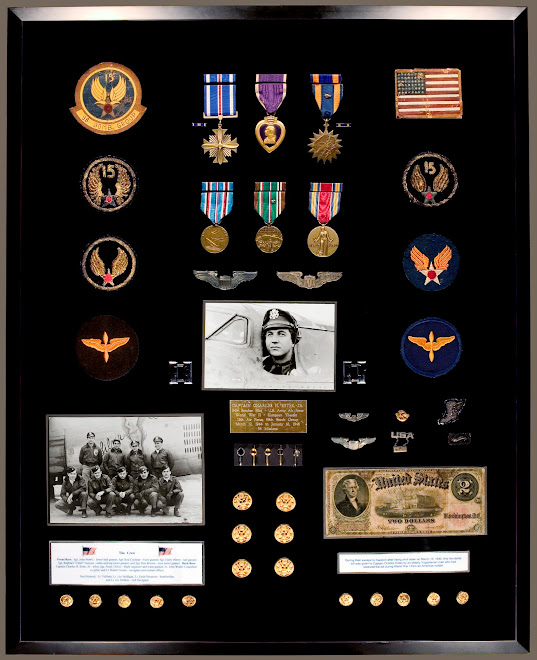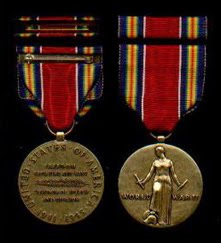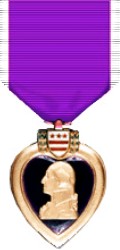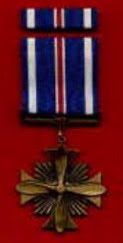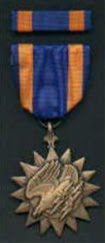(Continuation of Captain Charles Estes's War Memoirs)
"So after we had lifted off we started to make a slow turn
to the left and the planes behind us turned off a little quicker
after they got off of the ground, and they started their climb
and they fell into place in our formation, and we were on
our way to Austria. I don't know the exact time of the mission
that it took, but it probably was about an eight-hour mission
from the take-off to landing.
We crossed the Adriatic and we had the Alps in front of us
and we were high enough by then that there was no danger
of the Alps being below us. We were well above 'em and we
went over 'em about 12,000 feet, and we continued to climb
until we got to our initial point, and at that point we turned
onto the target run which would carry us over our target,
and we'd hopefully drop our bombs and they would land
in the right place and do the right damage.
I had been assigned a bombardier, Ernie Swanson, who came
from another crew. He was assigned to us for this particular
mission because we had no bombardier. Our flight engineer,
Frank Delois, was unable to fly because of illness and
Sgt. Scott took his place. And we had another
man that served on our crew, he was Jim Mulligan. He was
in the back and his job was to watch the formation and keep
them in close. And he was the only one that could speak on
the air while we were in progress. Radio silence was kept
unless he saw something that needed to be attended to,
and then he could come on and tell them to get in formation,
or pull in closer or do something that was being done wrong.
We had another man that was assigned to us. He was a
warrant officer. His name was Joe Dopkins. He was a
navigator, and I think that he was assigned to us more
as maybe his first mission or to learn something about
what went on on a mission so that he could be a
navigator for another crew or the crew that he was on,
but would have the experience of having flown a mission.
Other than our regular crew, that was the only additions.
When we got to the IP we turned left and headed onto the
target and that's when we realized that we were really going
over a hot spot because the flak was something awful;
it was these black little smoke puffs coming up in front of you
everywhere, and I was not on automatic pilot. The Norton
Bomb Site was so designed that I could put it on the automatic
pilot and the bombardier was then in control of the airplane,
but it was pretty rough, and I determined that it would be
better that I fly the airplane down the bomb run, and so
I did.
I had an instrument on my panel that was the PDI,
Pilot's Directional Indicator. Whenever he made an
adjustment on his bomb site, this instrument recorded
that change and I could make a turn to the left or the
right or make a slight adjustment to the left or to the
right and keep on track and on line to the target."
(To be Continued.)
"So after we had lifted off we started to make a slow turn
to the left and the planes behind us turned off a little quicker
after they got off of the ground, and they started their climb
and they fell into place in our formation, and we were on
our way to Austria. I don't know the exact time of the mission
that it took, but it probably was about an eight-hour mission
from the take-off to landing.
We crossed the Adriatic and we had the Alps in front of us
and we were high enough by then that there was no danger
of the Alps being below us. We were well above 'em and we
went over 'em about 12,000 feet, and we continued to climb
until we got to our initial point, and at that point we turned
onto the target run which would carry us over our target,
and we'd hopefully drop our bombs and they would land
in the right place and do the right damage.
I had been assigned a bombardier, Ernie Swanson, who came
from another crew. He was assigned to us for this particular
mission because we had no bombardier. Our flight engineer,
Frank Delois, was unable to fly because of illness and
Sgt. Scott took his place. And we had another
man that served on our crew, he was Jim Mulligan. He was
in the back and his job was to watch the formation and keep
them in close. And he was the only one that could speak on
the air while we were in progress. Radio silence was kept
unless he saw something that needed to be attended to,
and then he could come on and tell them to get in formation,
or pull in closer or do something that was being done wrong.
We had another man that was assigned to us. He was a
warrant officer. His name was Joe Dopkins. He was a
navigator, and I think that he was assigned to us more
as maybe his first mission or to learn something about
what went on on a mission so that he could be a
navigator for another crew or the crew that he was on,
but would have the experience of having flown a mission.
Other than our regular crew, that was the only additions.
When we got to the IP we turned left and headed onto the
target and that's when we realized that we were really going
over a hot spot because the flak was something awful;
it was these black little smoke puffs coming up in front of you
everywhere, and I was not on automatic pilot. The Norton
Bomb Site was so designed that I could put it on the automatic
pilot and the bombardier was then in control of the airplane,
but it was pretty rough, and I determined that it would be
better that I fly the airplane down the bomb run, and so
I did.
I had an instrument on my panel that was the PDI,
Pilot's Directional Indicator. Whenever he made an
adjustment on his bomb site, this instrument recorded
that change and I could make a turn to the left or the
right or make a slight adjustment to the left or to the
right and keep on track and on line to the target."
(To be Continued.)






